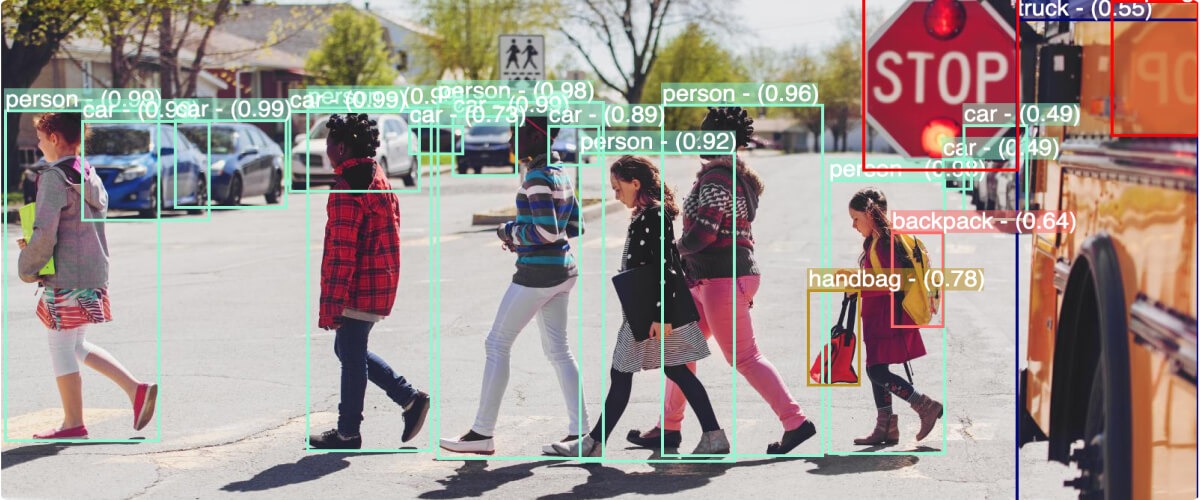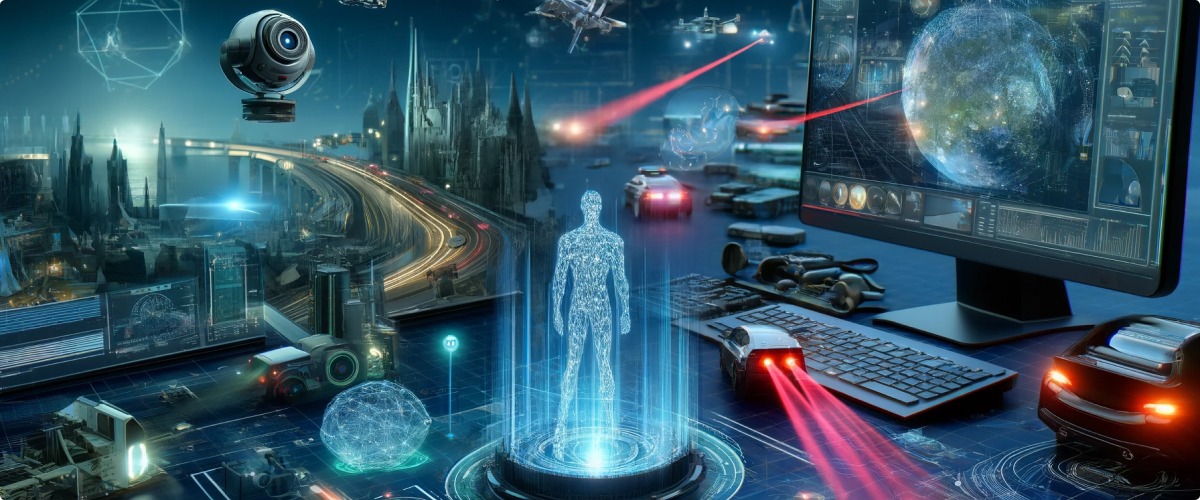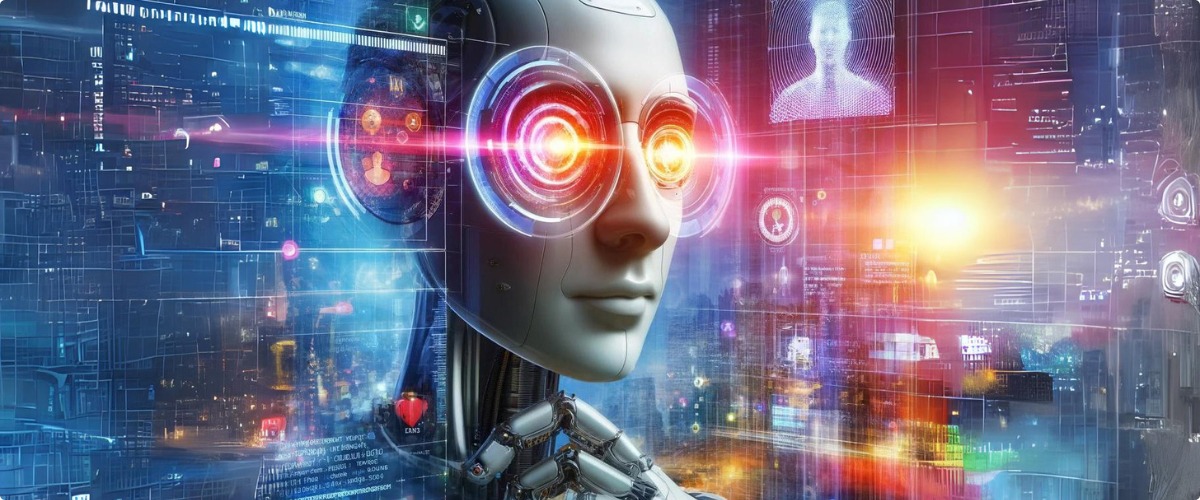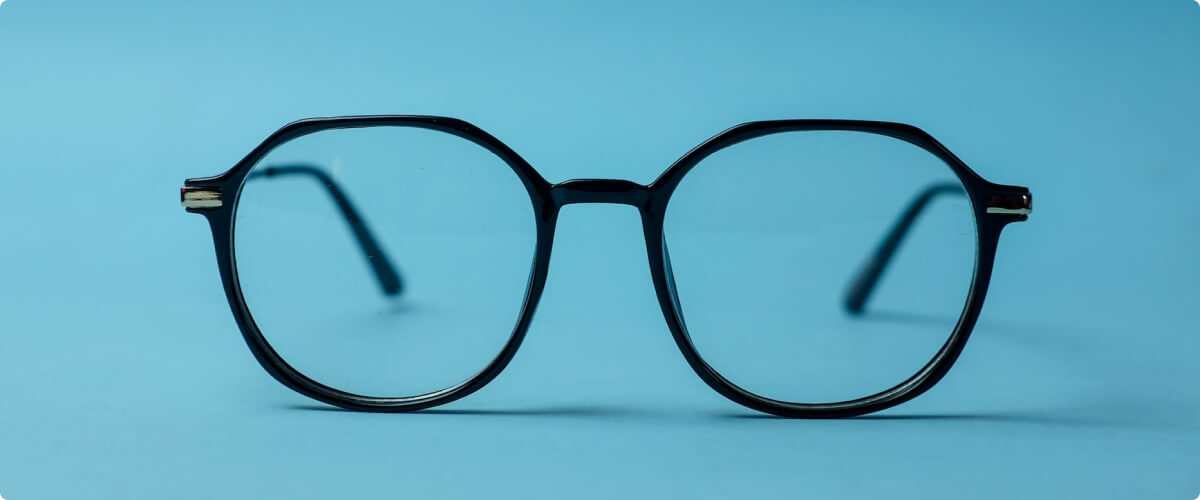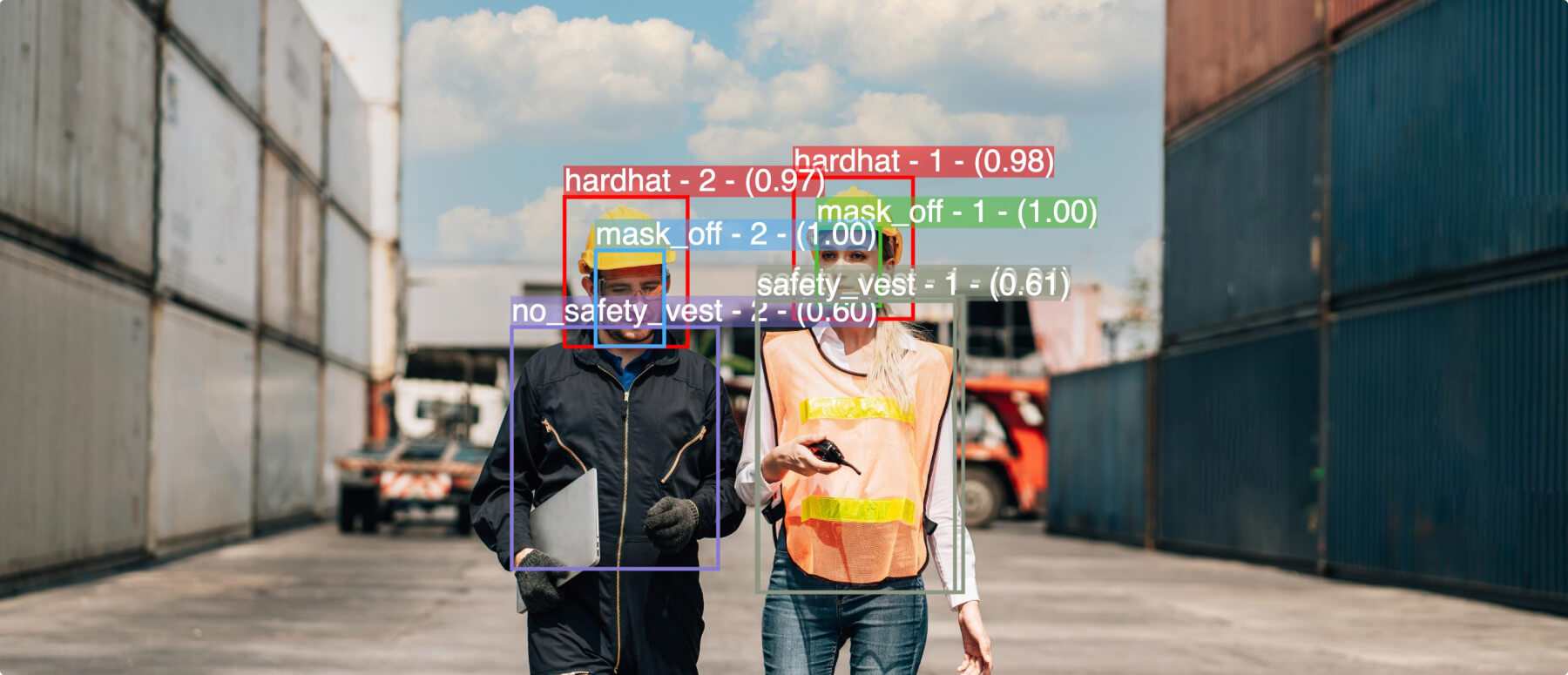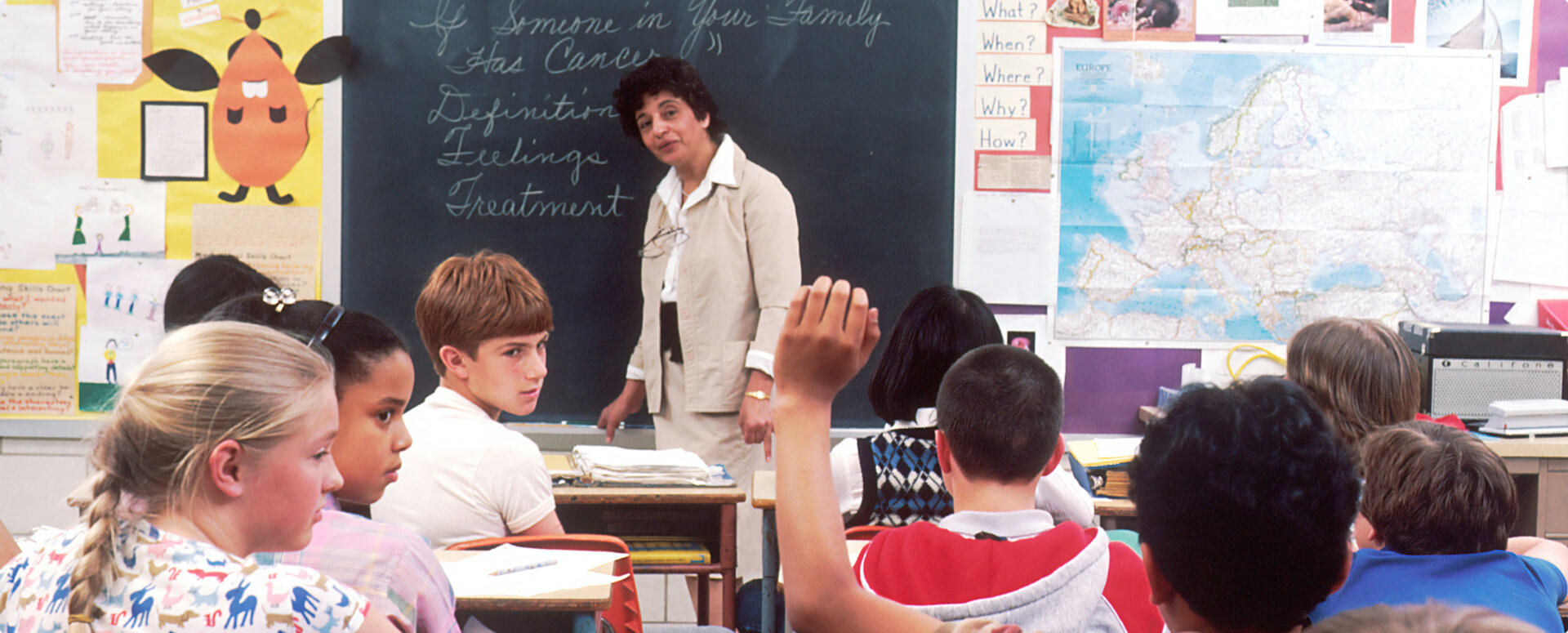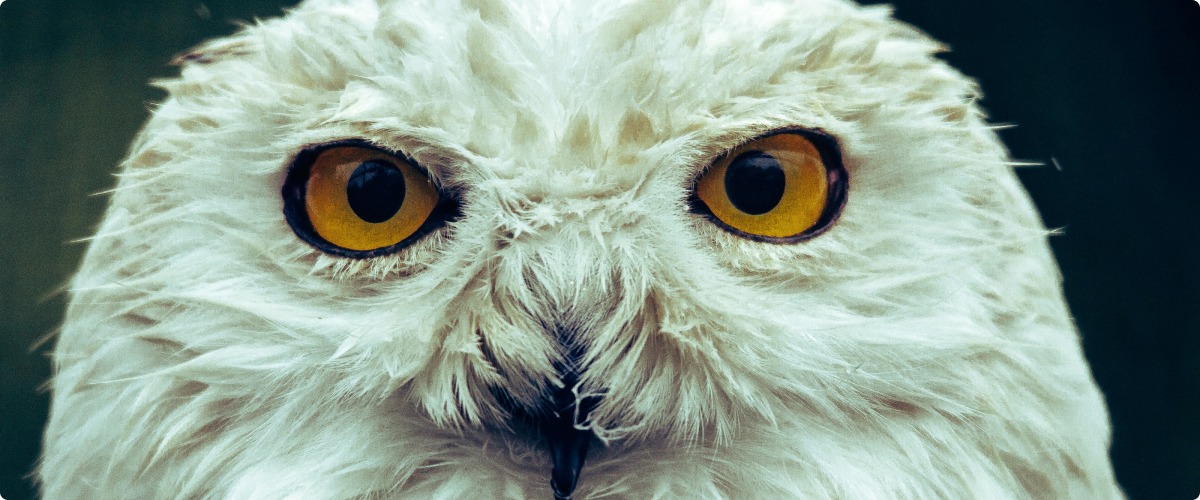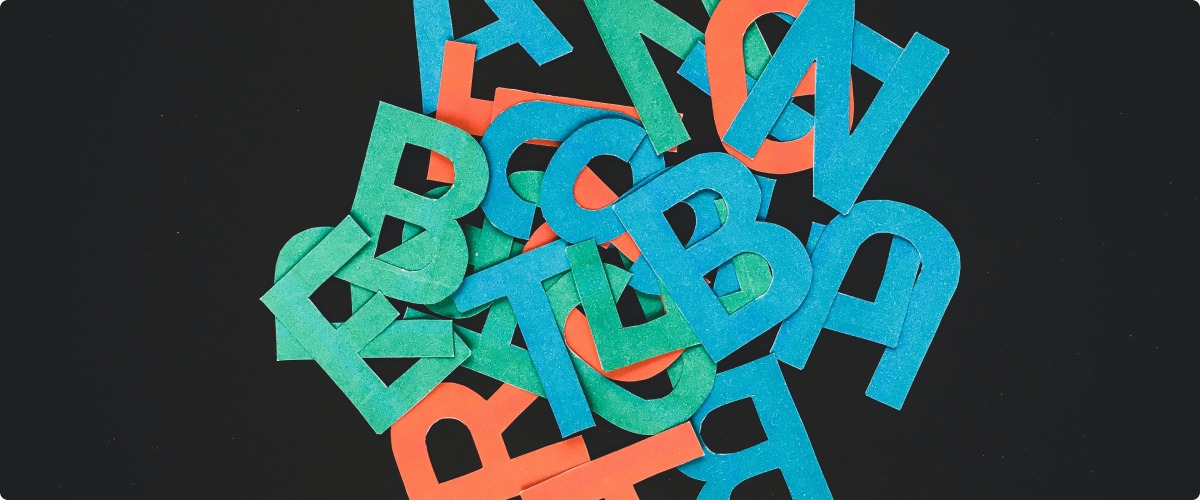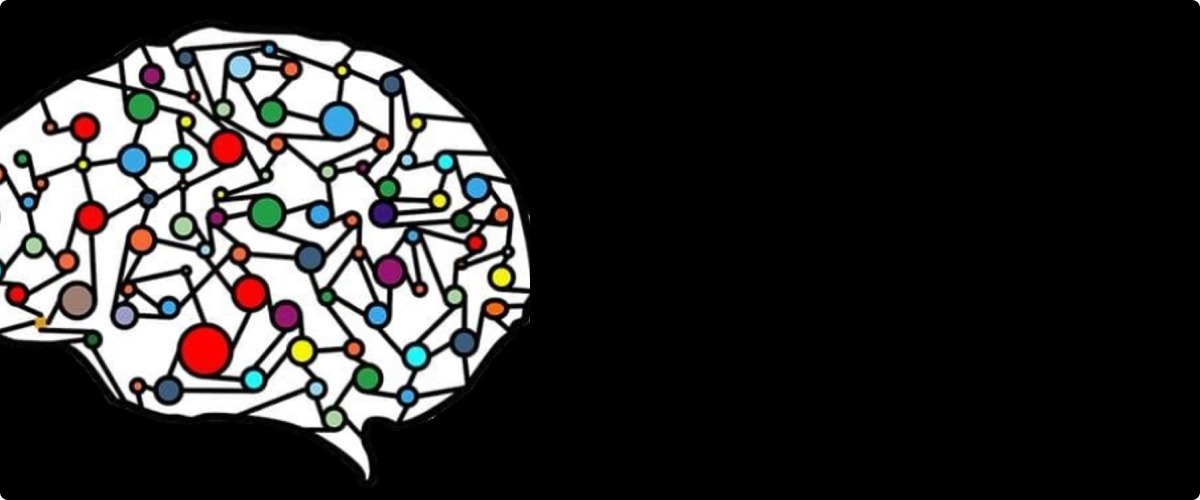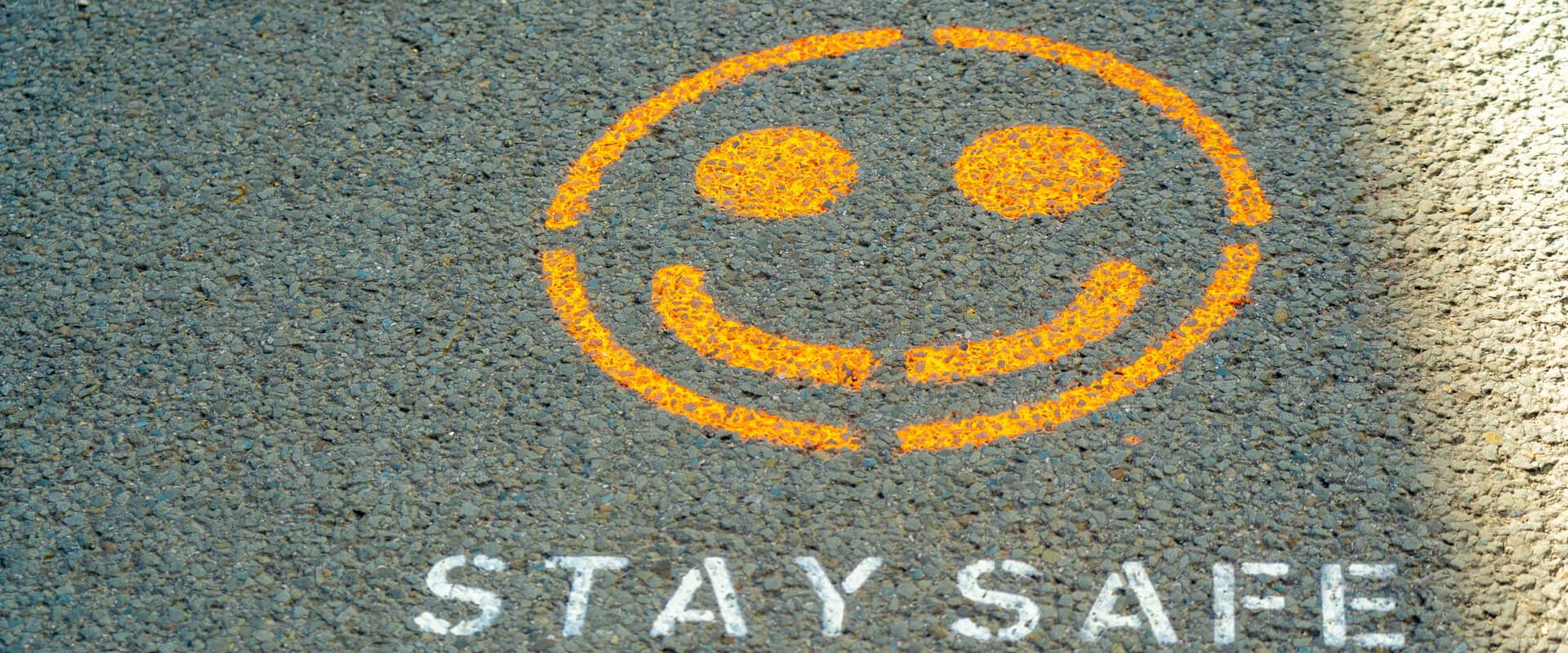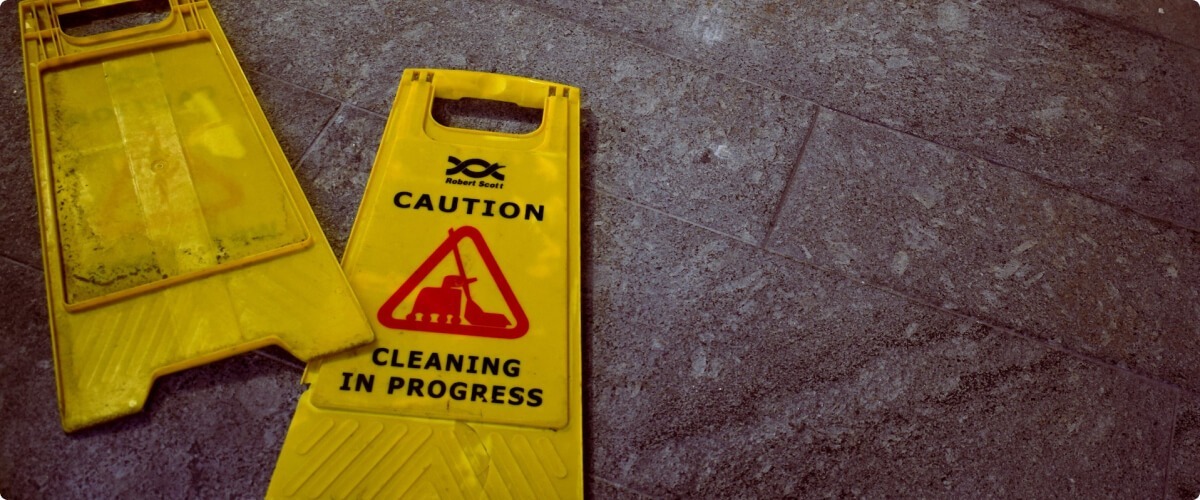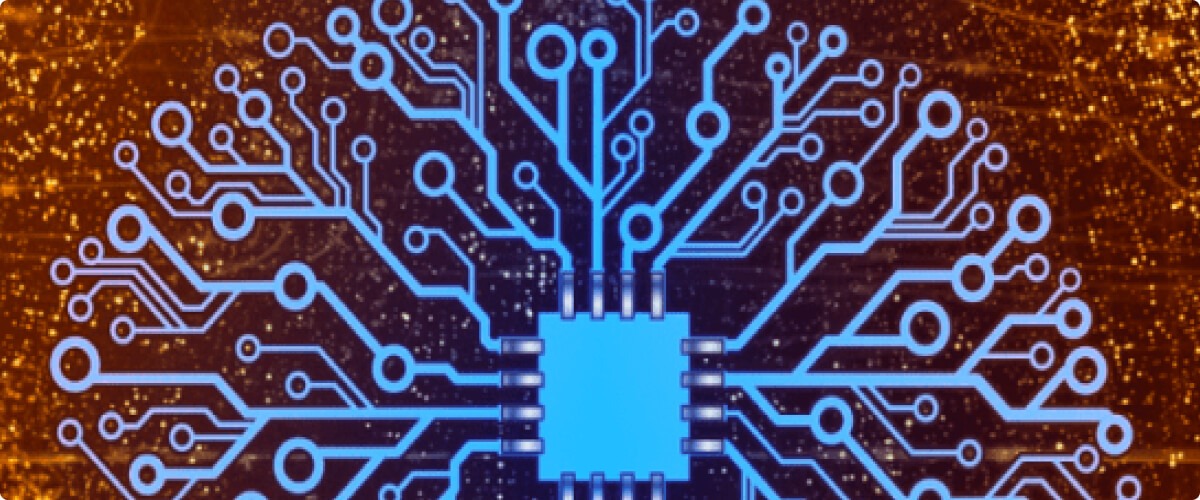Object detection is a computer vision technique to identify and classify specific objects or patterns within an image or video. A subset of object recognition, object detection detects the presence of objects, recognizes what they are, and identifies their location in the image. Often times, object detection and image recognition/classification are used synonymously. But while they are similar, they are very distinct computer vision tasks.
What is an object detection model?
An object detection model, also known as an object recognition algorithm, is a computational model designed to recognize and classify objects within images or videos. These models are trained on large datasets with labeled examples, where each example is associated with a specific object class or category.
Object detection models use a variety of techniques from computer vision, machine learning, and deep learning to learn the patterns and features that distinguish each specific object class or category.
For example, given a photograph of a city street, an object detection model would return a list of annotations or labels for all the different objects in the image: traffic lights, vehicles, road signs, buildings, etc. These labels would contain both the appropriate category for each object, such as “person” and a “bounding box,” or rectangle in which the object is completely contained.
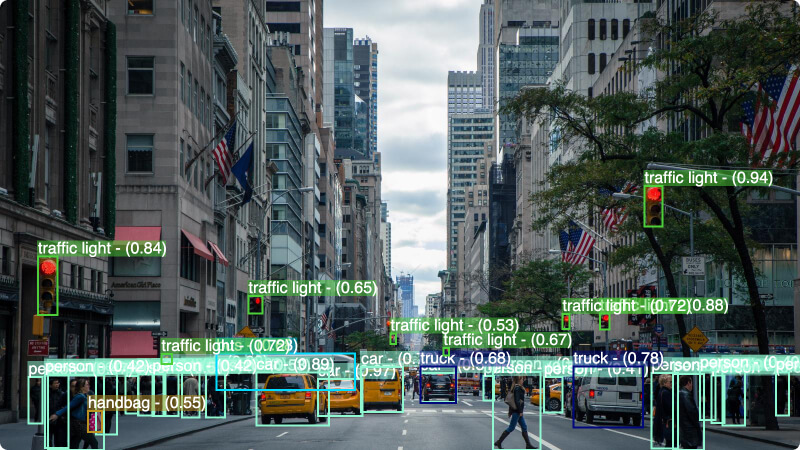
Another example is given a photograph of a dog, an object recognition model returns a label and bounding box for the dog, as well as other prominent objects.
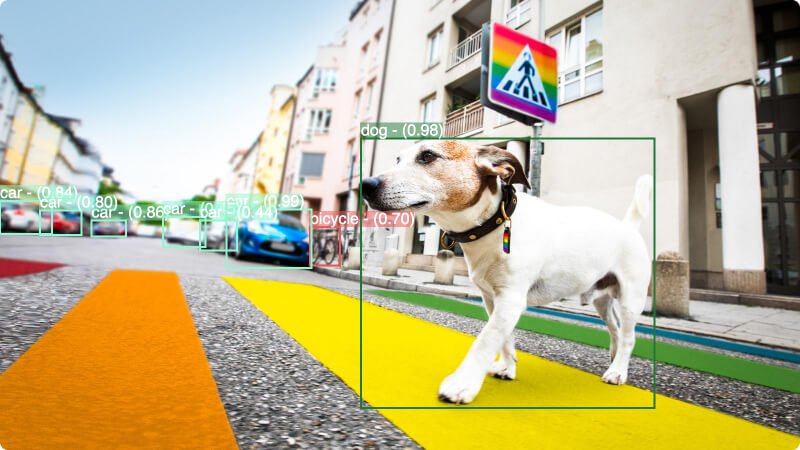
The difference between object detection and image recognition models
As mentioned earlier, while both object detection and image recognition are similar, an image recognition model categorizes the entire image with a single label. An object detection model identifies and classifies individual objects or patterns within an image or video.
For example, an image recognition model would simply return “cottage.”

Using the same example, an object detection model would return other prominent objects in the image, for example thatch, house, cottage.
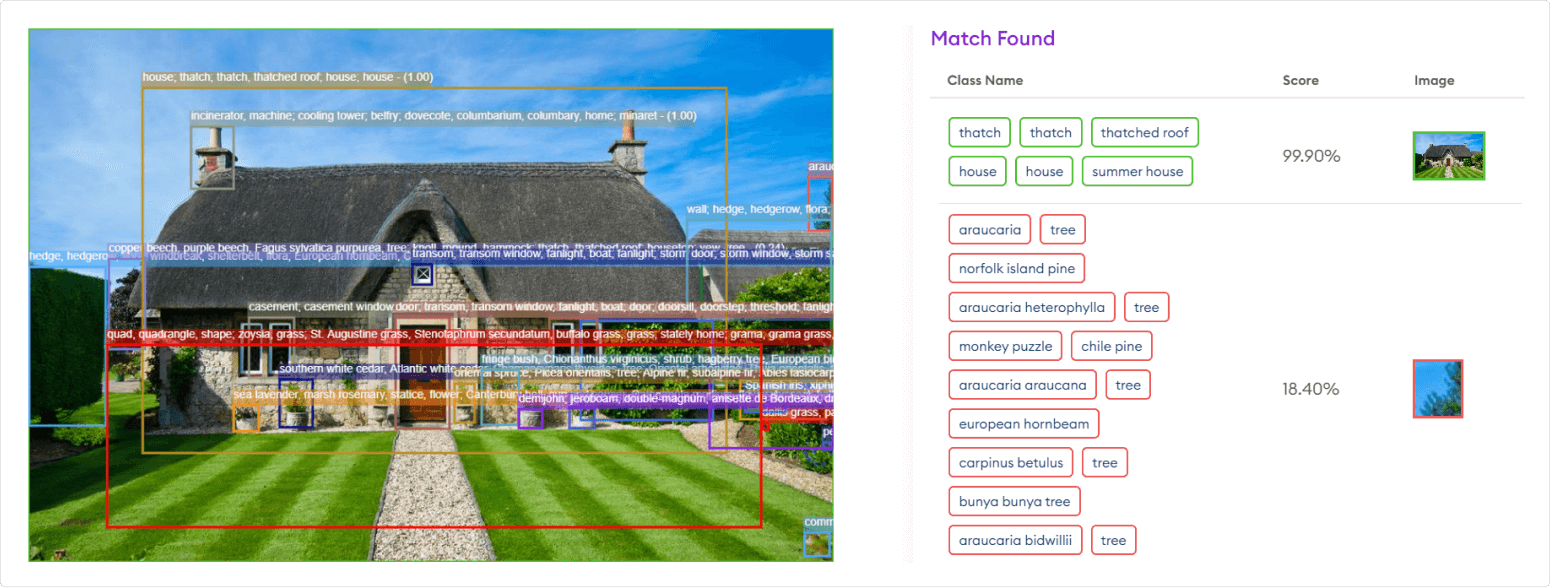
6 Common object recognition techniques
Let’s explore the most common object recognition techniques used in computer vision. Often, they work together to provide a comprehensive understanding of objects within visual data. Once trained, the computer vision model can accurately recognize and classify objects based on their visual appearance and characteristics.
Depending upon the application, different combinations or variations of techniques are used based on training requirements.
- Object detection: This technique locates and identifies multiple instances of objects within an image or video by drawing a bounding box around the objects of interest and providing a label or class for each bounding box.
- Object segmentation: Object segmentation separates individual objects within an image or video by assigning a pixel-level mask to each object. Each pixel is assigned a value or color code based on the object or class it corresponds to. This segmentation provides a more detailed understanding of the object’s boundaries and more precise object recognition.
- Object tracking: Object tracking involves following the movement of a specific object across frames in a video sequence. The goal of object tracking is to maintain a consistent association between the object being tracked and its representation in subsequent frames, even as the object changes, such as appearance, scale, orientation, and occlusion. It is useful in applications like video surveillance and autonomous vehicles.
- Object recognition and classification: This technique not only detects objects and understands their spatial location but also identifies and categorizes objects into predefined classes or categories. It involves training models to recognize specific objects based on their visual features and assigning them classes, such as cars, people, animals, or specific objects like chairs or cups.
- Pose estimation: Pose estimation infers the body joint positions and skeletal structure from images or videos. It estimates the pose of a person, including the positions and orientations of body parts, such as the head, shoulders, elbows, wrists, hips, knees, and ankles. Because it understands the pose or pose changes, it is useful in augmented reality, robotics, and human-computer interaction applications.
- Instance segmentation: This combines object detection and semantic segmentation techniques. It detects the presence and location of an object and then segments each object separately by providing both bounding box coordinates and pixel-level masks for each individual object instance in an image or video.
Industry applications use cases for object detection
Object detection is a key task for humans: when entering a new room or scene, our first instinct is to visually assess the objects and people it contains and then make sense of them.
Similar to humans, object detection plays a crucial role in enabling computers to understand and interact with the visual world. Object recognition is used in many use cases across industries including:

Workplace safety and security AI: Object detection models can help improve workplace safety and security. For example, they can detect the presence of suspicious individuals or vehicles in a sensitive area. More creatively, it can help ensure that workers are using personal protective equipment (PPE) such as gloves, helmets, or masks.
Media: Object detection models can help recognize the presence of certain brands, products, logos, or people in digital media. Advertisers can then use this information to collect metadata and show more relevant ads to users. It also helps automate the process of detecting and flagging inappropriate or prohibited content, such as explicit images, violence, hate speech, or other forms of harmful or offensive material. Social media sites rely on this type of content moderation to protect their community members and the integrity of their site.
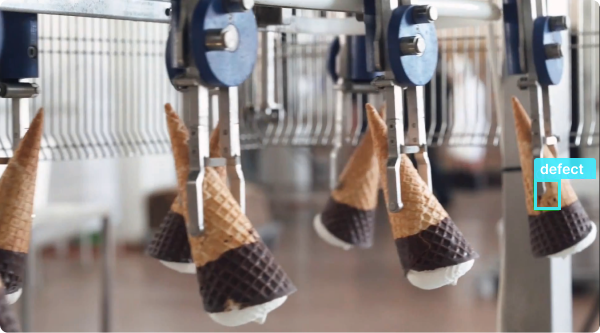
Manufacturing quality control: Object detection models enable automation of visual data review. Computers and cameras can analyze data real-time and automatically detect and process visual information and understand its significance which reduces the need for manual intervention in tasks where constant visual reviews are required. This is particularly beneficial for manufacturing production quality control. It not only enhances efficiency but also detects production anomalies that may go unnoticed by the human eye which prevent potential production disruption or product recalls.
The importance of object detection in computer vision
Object detection techniques are crucial in computer vision. These algorithms enable machines to understand, interpret, and make decisions based on visual data.
If you’re new to the field, our computer vision glossary has dozens of definitions of computer vision terminology. See how Chooch’s object detection works by creating a free AI Vision Studio account.

